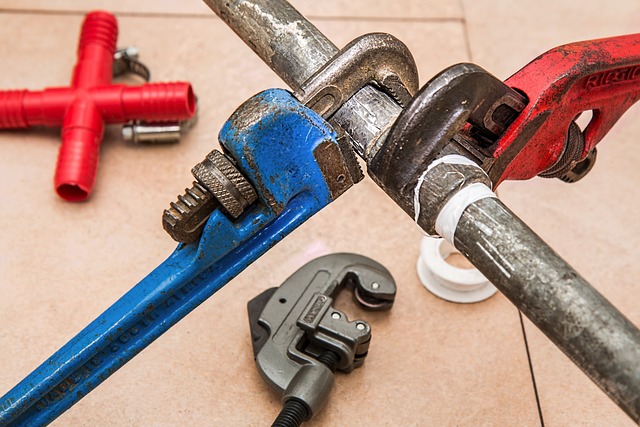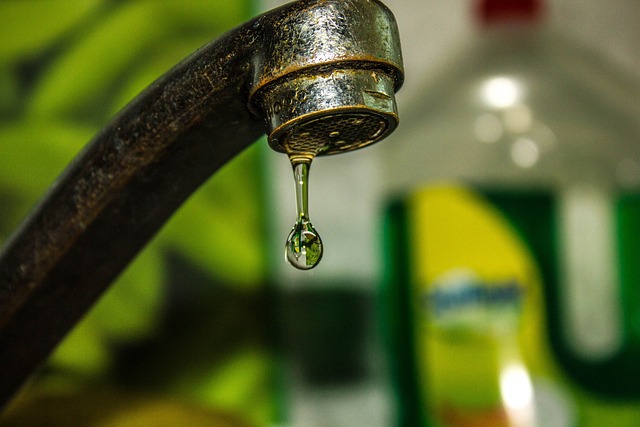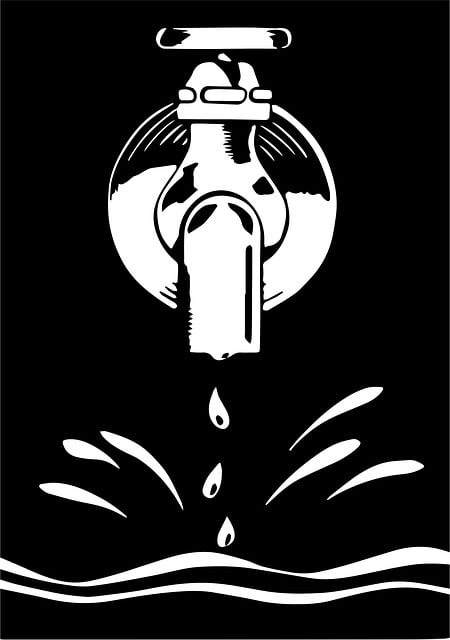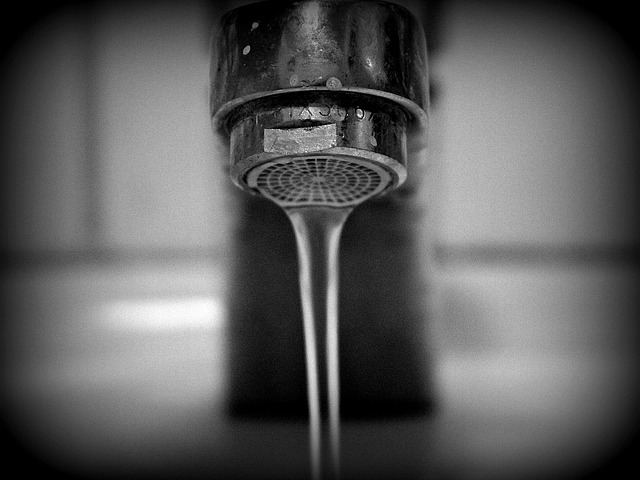Poor plumbing installations lead to various issues like leaky faucets, clogged drains, low water pressure, running toilets, and severe sewer line clogs. Regular maintenance is vital to prevent these problems, which waste water and increase utility bills, requiring frequent professional repairs. Early intervention through regular checks can save money and extend the lifespan of your plumbing system. Address leaks, use drain catchers or natural cleaning methods for clogged drains, maintain water pressure, flush water heaters annually, and inspect sewer lines regularly to avoid costly damage.
Poor plumbing installations can lead to a myriad of issues, causing frequent repairs and costly maintenance. From leaky faucets and clogged drains to low water pressure and persistent running toilets, these problems not only disrupt daily routines but also indicate subpar workmanship. This article delves into the common plumbing issues stemming from inadequate installations, helps identify signs of problematic work, and offers preventative measures to mitigate frequent repairs, addressing concerns like Water Heater problems and sewer line clogs.
- Common Plumbing Issues Arising from Poor Installations
- Identifing Signs of Problematic Plumbing Work
- Preventative Measures and Solutions for Frequent Repairs
Common Plumbing Issues Arising from Poor Installations

Poor plumbing installations often lead to a plethora of issues that require frequent repairs. One of the most common problems is leaky faucets—a sign of faulty fittings or poor sealing. These leaks not only waste water but can also significantly increase your utility bills. Additionally, clogged drains are another frequent issue, usually caused by built-up grease, hair, or other debris. This blockage can result in slow drainage and, if severe, complete clogs that require immediate professional attention.
Low water pressure is another plumbing headache often related to substandard installations. Insufficient water flow can be attributed to various factors such as mineral buildup in pipes, aerator issues, or even faulty pressure regulators. Running toilets are a different concern altogether—a persistent running sound indicates a leaky flush mechanism or a problem with the fill valve. Moreover, water heater problems, including inefficient heating and frequent temperature fluctuations, can stem from poorly installed plumbing components. Lastly, sewer line clogs, though less common in residential settings, can be a significant issue, leading to foul odours, backflows, and even health hazards if left unattended.
Identifing Signs of Problematic Plumbing Work

If your home is plagued by persistent plumbing issues, it might be a sign that there are problems with the initial installations. Leaky faucets, for instance, could indicate loose fittings or faulty valves, especially if they drip consistently even after adjustments. Clogged drains and slow-moving water in sinks or showers often point to buildup in pipes or obstructions that regular cleaning doesn’t resolve, suggesting a deeper plumbing problem.
Low water pressure throughout your home can be caused by various factors, from aerators on faucets to issues with the main supply line or even damaged water heaters. Running toilets are another red flag; if you hear water constantly running in the toilet bowl, it’s likely due to a faulty float valve or overflow tube, leading to wasteful water usage and higher utility bills. Similarly, frequent occurrences of sewer line clogs could signal a need for professional inspection as these issues can be difficult to diagnose and repair.
Preventative Measures and Solutions for Frequent Repairs

Preventative measures are key to avoiding frequent repairs and costly plumbing disasters. Regular maintenance can significantly extend the lifespan of your plumbing system. Start by addressing potential issues early on; for instance, leaky faucets and running toilets can lead to significant water waste and increased bills. A simple check and replacement of worn-out washer or O-rings can often stop these leaks quickly.
Additionally, implementing preventative strategies for common problems like clogged drains and low water pressure is essential. Using drain catchers and regularly cleaning pipes with natural remedies or plumbing snake devices can keep drain clogs at bay. For water pressure issues, check for any leaks in the system and ensure all valves are fully open. Water heater problems can be avoided by maintaining the unit, flushing it annually, and monitoring energy usage. Regular inspection of the sewer line for clogs or damage is also crucial to prevent backup and costly repairs, especially for older homes.
